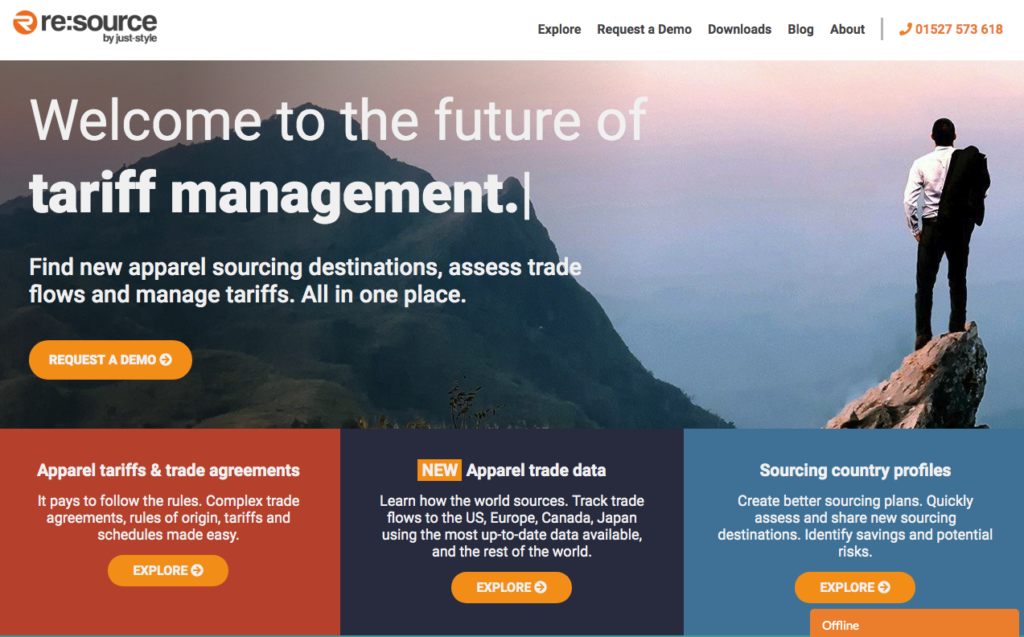If you are a B2B media business, and you already have some subscription products, I’d be surprised if you hadn’t thought about how to launch a premium digital intelligence product for your markets.
Plenty has been written about how to build, market and sell data and intelligence products. But if you don’t pick the right audience and create a compelling proposition before you invest in development and staff, then you run the risk of a poor return.
I have recently been working on a product launch for a niche B2B publisher, and thought I’d share the research steps we followed before committing to development investment.
Before you start the research process, it is worth creating a project team, ideally with market, editorial and commercial experts, some with digital experience. It’s best if those who will run the product are involved in the research and development.
1. Identify your audience: users and buyers
Work out who will use your product, and who will foot the bill. Be specific about organisations and job roles. Size the prospective universe, is it large enough to justify the development cost? You need to be reasonably confident of getting to say £2m revenue in two to three years to justify the product development cost.
2. Ask them about their needs
Organise some individual conversations with users and buyers, either over the phone or maybe at industry events. Keep the focus broad at first but be prepared to probe on what are their pain points and frustrations, where they get information from now, and how better intelligence might make their job easier. Be prepared to do at least 15-20 interviews to get a good cross-section.
3. Assess the competition
Investigate known competitors and any other information sources thrown up by the user research. Ask friendly users, buy a test subscription, and embark on a thorough and open-minded review. Switching cost for digital subs products is high, so yours needs to offer a significant benefit to be worth the hassle for buyers and users. Could you target an underserved group or provide exclusive content and insight? Can you develop a distinct proposition?
4. Define personas
Not all customers are the same: you might need to develop several personas to properly understand the needs of different groups and how they might view your product. This might be the time to go back and interview more users.
5. Understand business case for buyers
Get a sense of the world as seen by your buyers (bearing in mind differences between organisations). What are their budgets, what keeps them awake at night, and how could your product save time, source new customers or provide an edge? If you can quantify benefits that are clearly greater than your proposed price, then you may have a viable product.
6. Audit your content
Assuming this is a market you already operate in, what content and data do you already have that could be repackaged and repurposed? How well does this match your customers needs? What might it cost to fill in the gaps?
7. Review your skills and competences
Do you have digital design and development skills? Product and project management? Enterprise sales and customer support? If your product goes to market, how far can it be supported by your current team and who will you need to hire in? Will you need to work with specialist agencies and partners?
8. Build a business plan
Think about pricing – given the business case, how can you structure pricing so it seems like a good investment, and adapt for organisations of varying sizes? How well do you know your buyers, and do they trust the quality of your content? How long will it take for prospective customers to make a decision, and how quickly can you build up revenues? What investment is required to build the product, refresh its content and data, market and sell, and serve customers?
9. Find launch partners
Line up some friendly customers to work with you as launch partners. Your first product iteration needs to be tested in the field to be refined and improved. Buyers will also want to track usage patterns, and the business benefit.
10. Test a prototype
Keep your first prototype simple, and work with your launch partner and user groups to understand what is valued and where you need to add content or functionality.
Following this process thoroughly will make all the difference to your chances of long-term success. Combining the perspectives of the entire project team through regular workshops and sharing user insights will mean you have a more robust proposition and a clear revenue opportunity.
If you’d like to discuss how to research and develop a premium data and intelligence product for your media business, I’d be happy to meet and share my experiences on the best way to manage such a project.

